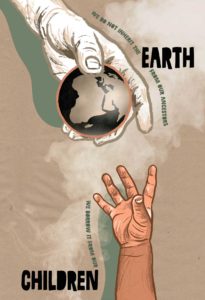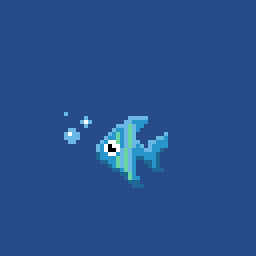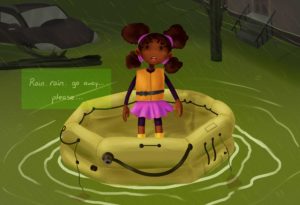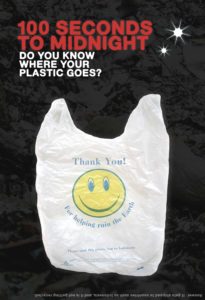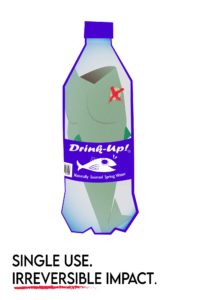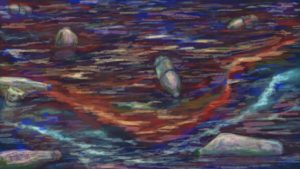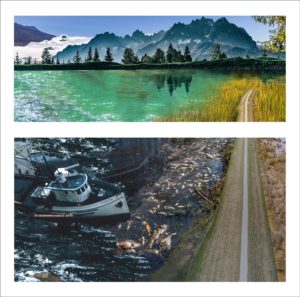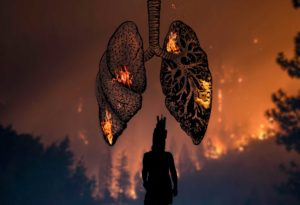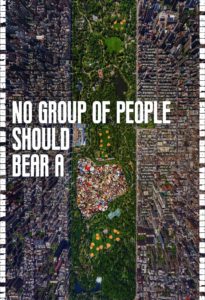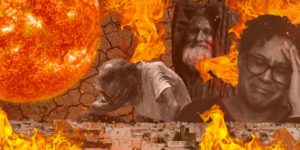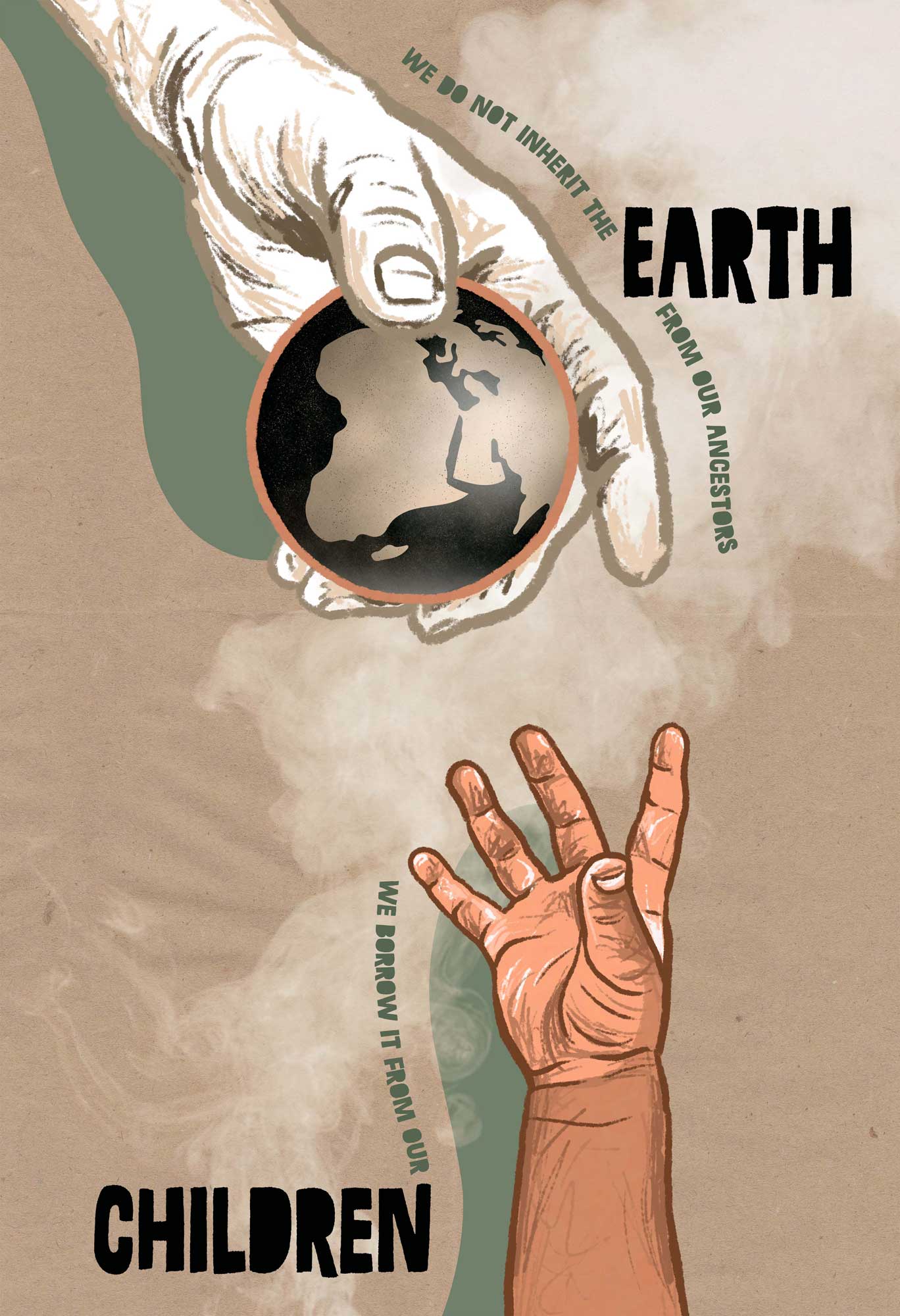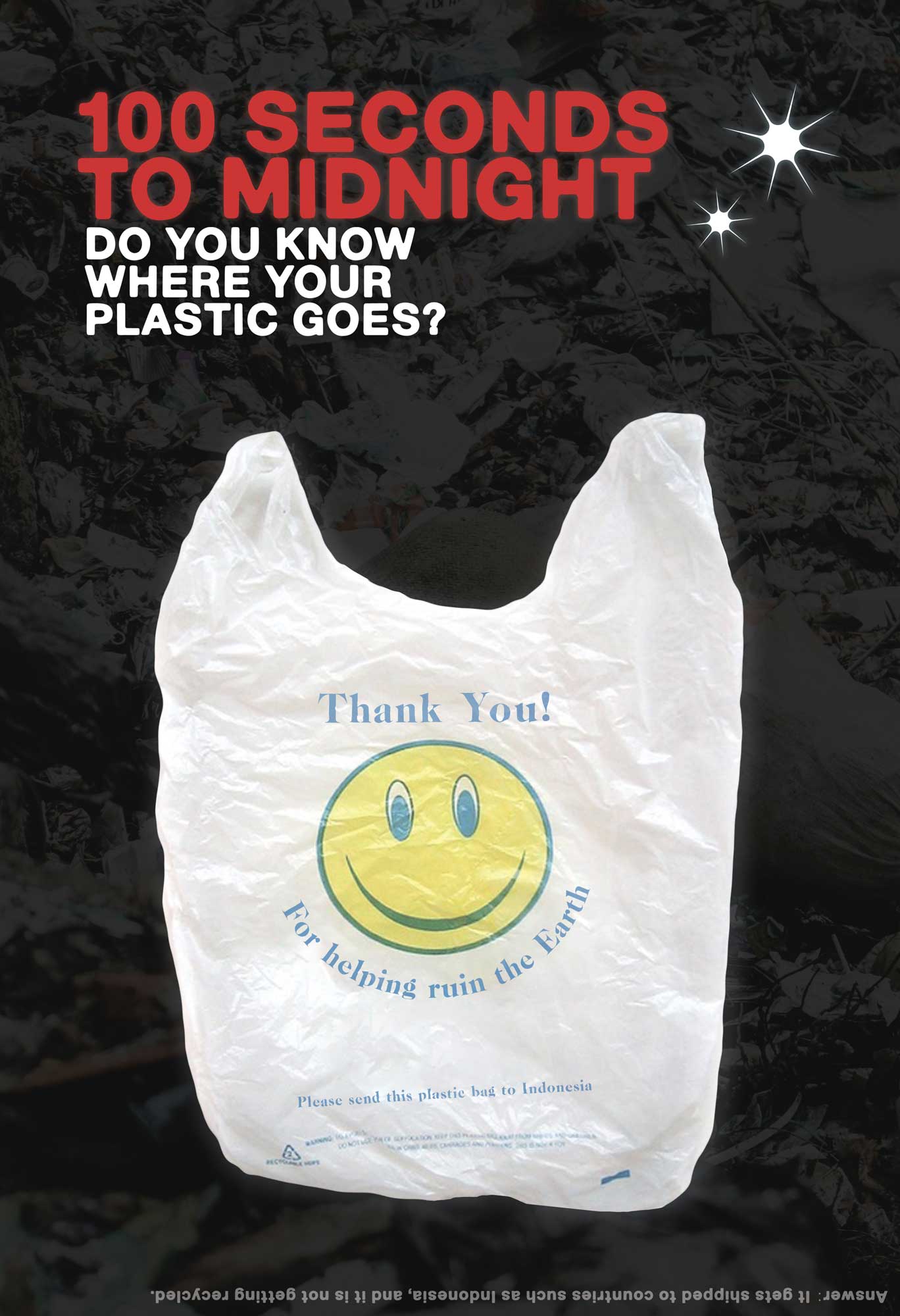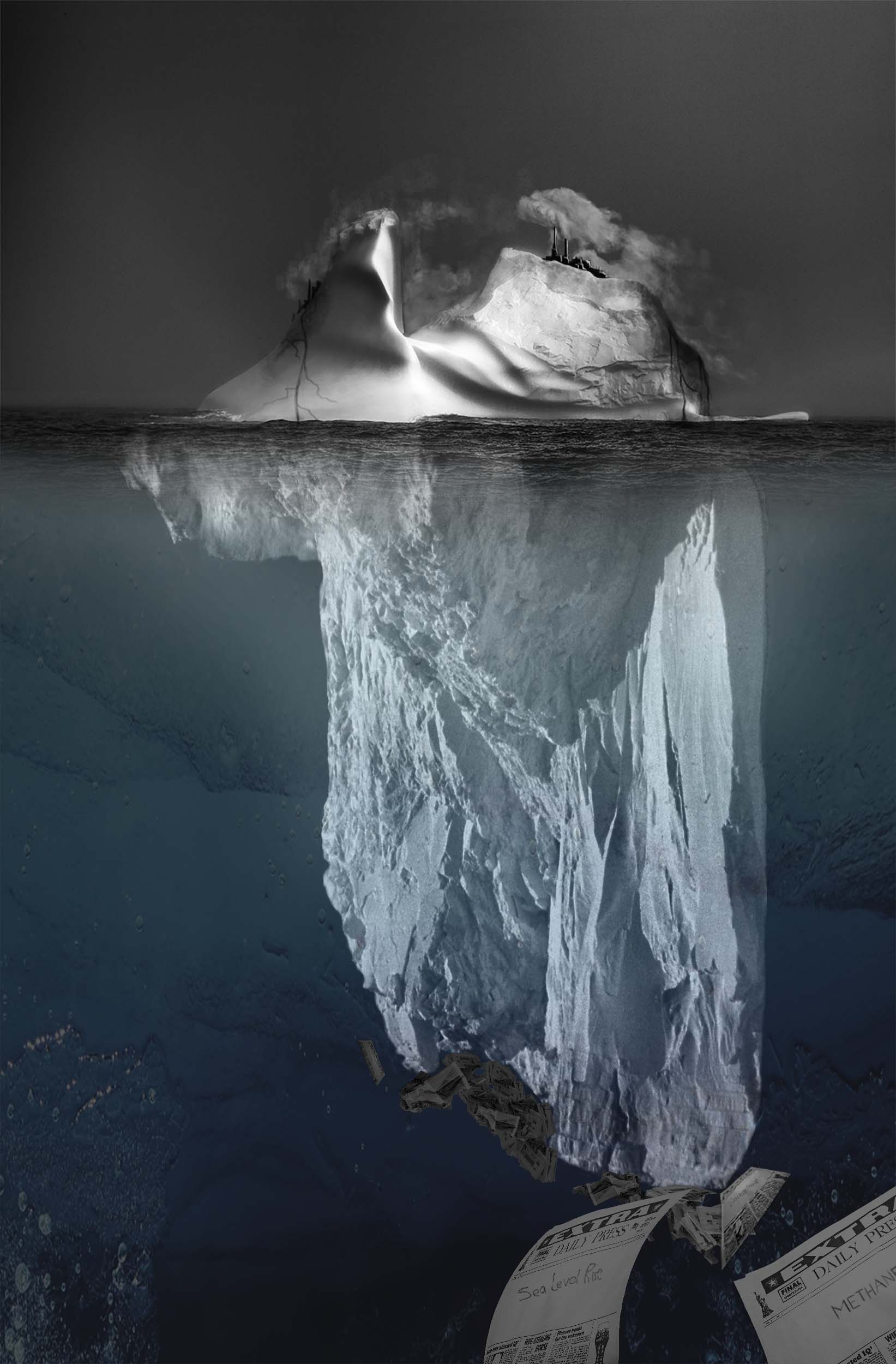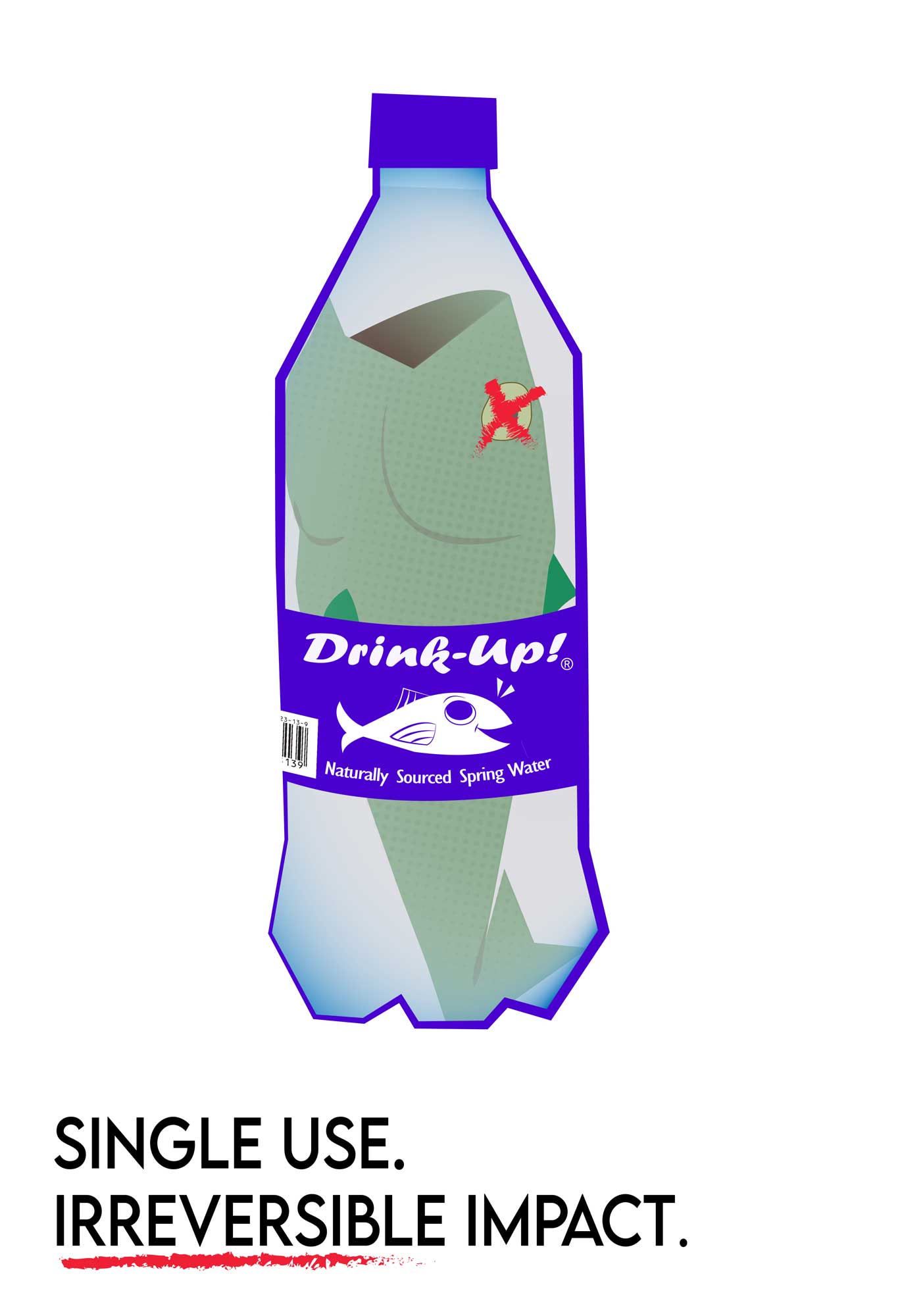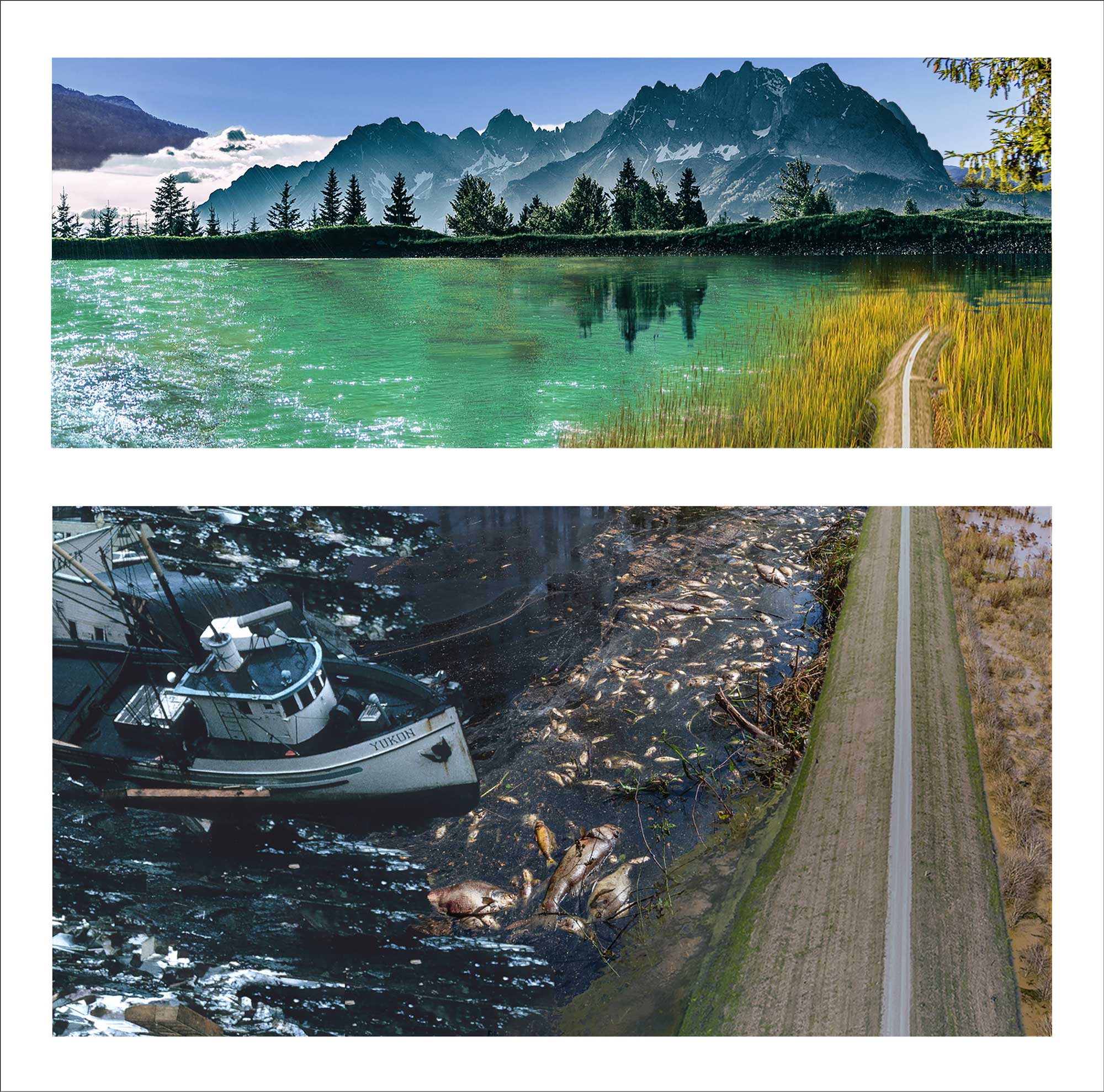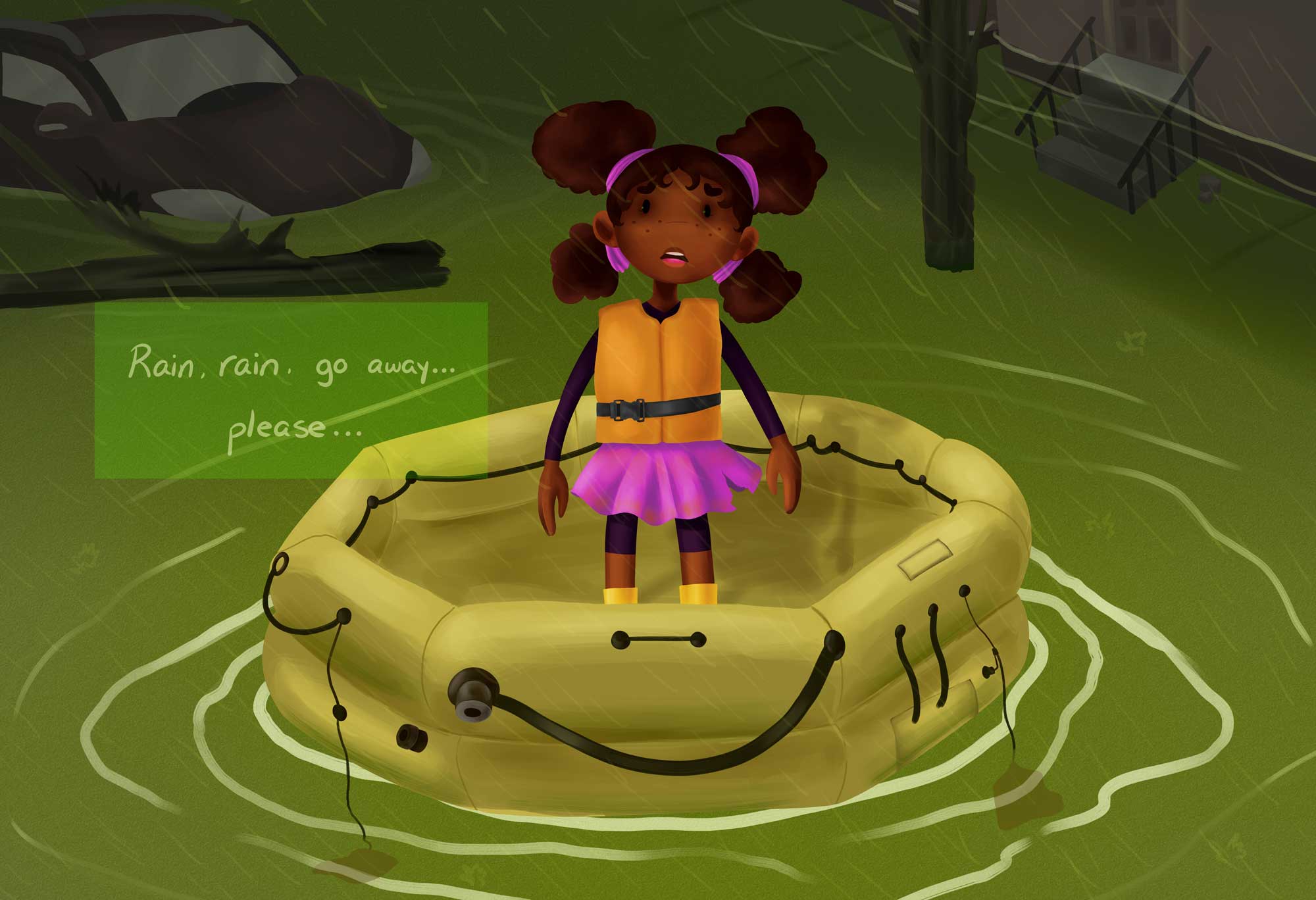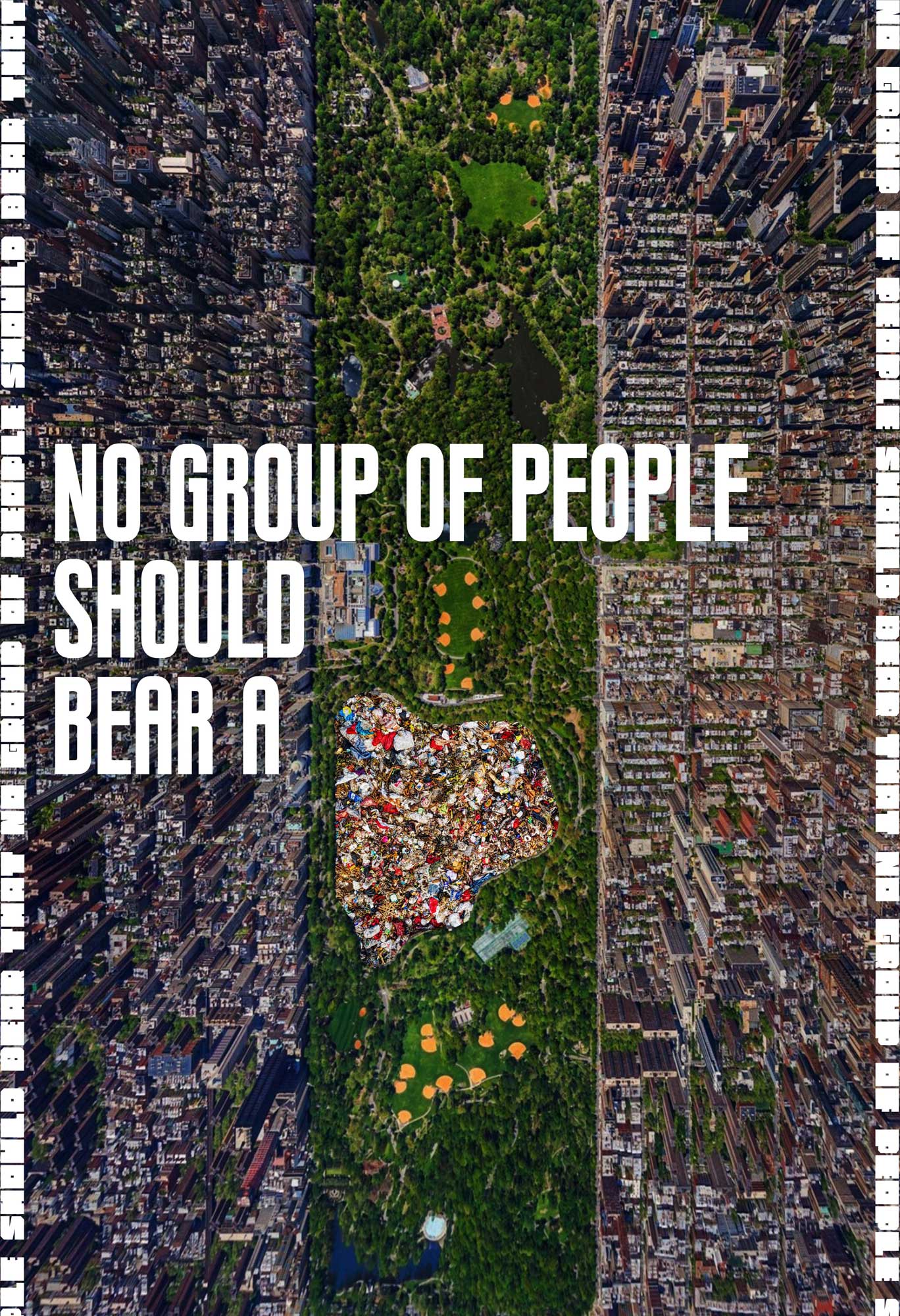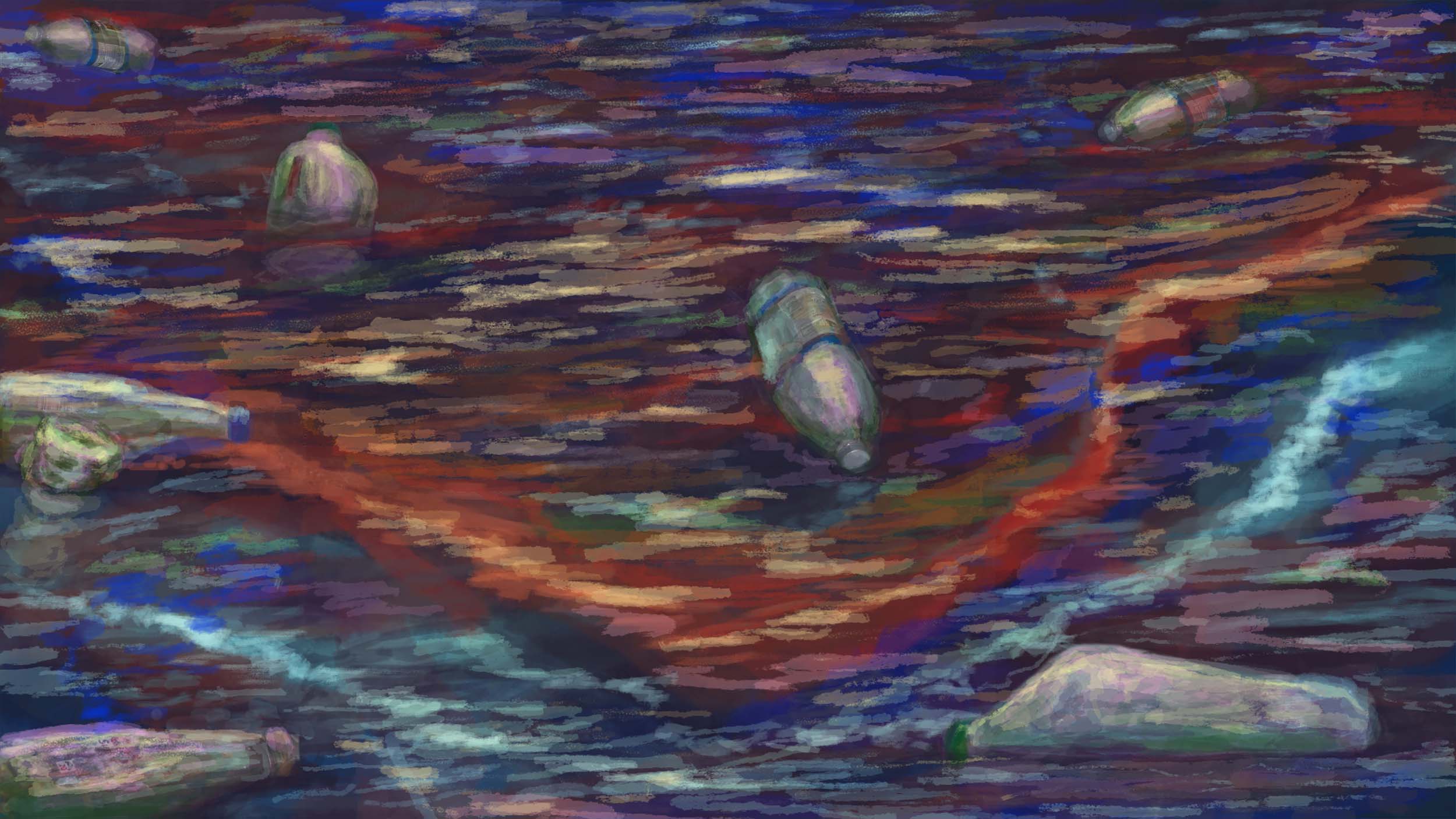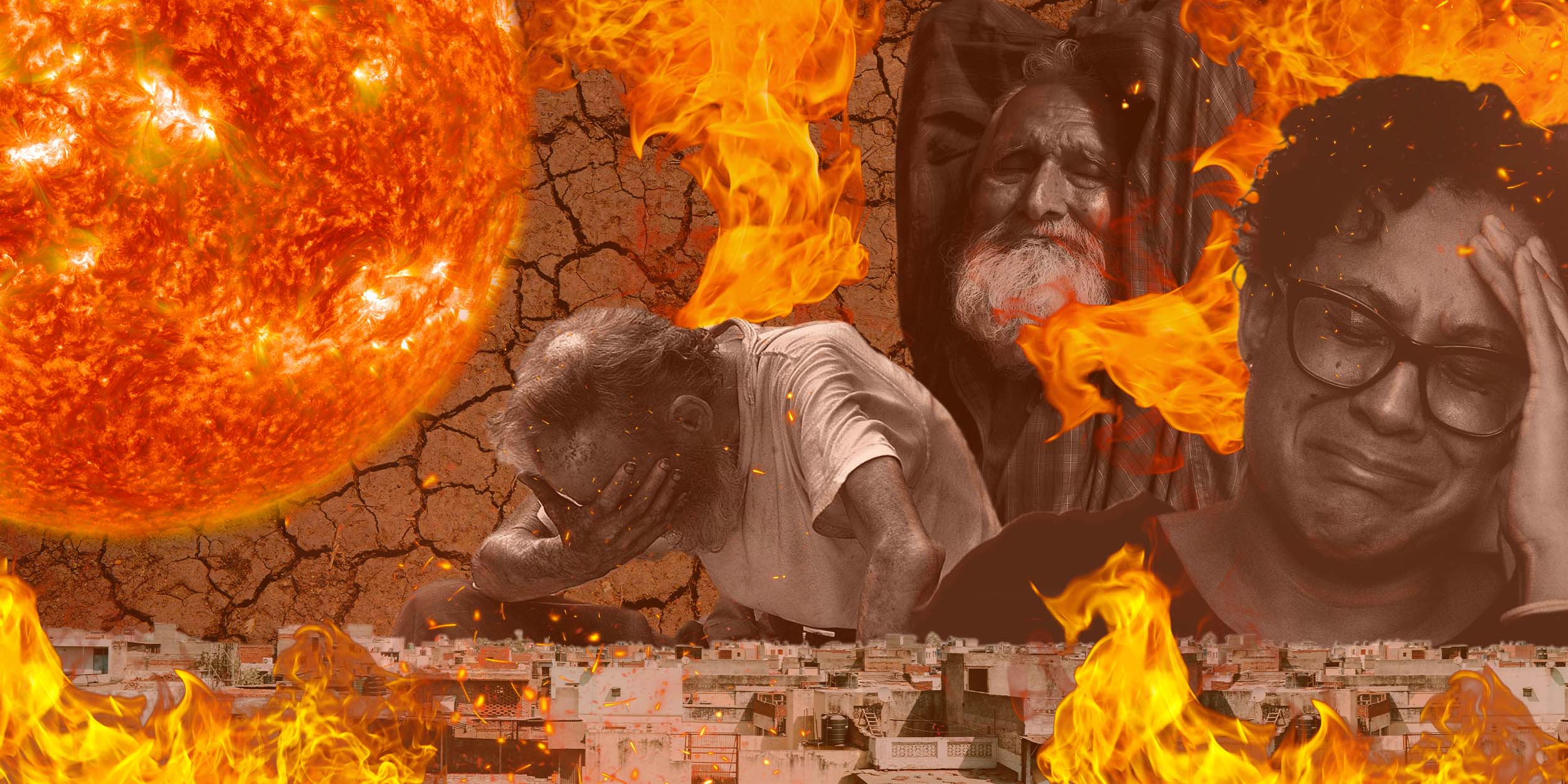The Long Island Explorium, in partnership with Stony Brook University Visual Arts students, presents: A Visual Dialogue on Environmental Issues.
How This Exhibit Came to Be:
This digital art project will reflect the collaboration between Lecturer Qin Han’s digital art courses at Stony Brook University and Long Island Explorium, focusing on the balance of local community needs fueled with artistic insight on environmental justice. Supported by the Museum Association of New York (MANY).
This exhibition was curated with the intent to not only display powerful visual statements but also to spur dialogue between varied audiences and to open doors to social, economic, and environmental justice. Together, it shows a belief that artists and curators can effectively represent, interpret and spur dialogue on the environmental issues that impact the most vulnerable in our communities.
We encouraged innovative multi-disciplinary artistic exploration by individual artists that expressed how the arts and new media can propose solutions to environmental issues and create alternatives that support sustainability and climate justice, fostering cooperation and an exchange of ideas.
To view our Press Release for a Visual Dialogue here.
Featured Artists & Statements
Komal Grewal
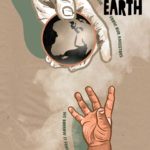
Jaeni Lee
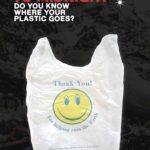
Ivan Vuong

Andrew Young

Kristin Cimmerer

Pei Xin Jiang
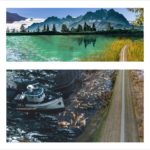
Benjamin Azua
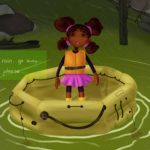
Honorable Mentions
Alyssa Ortega
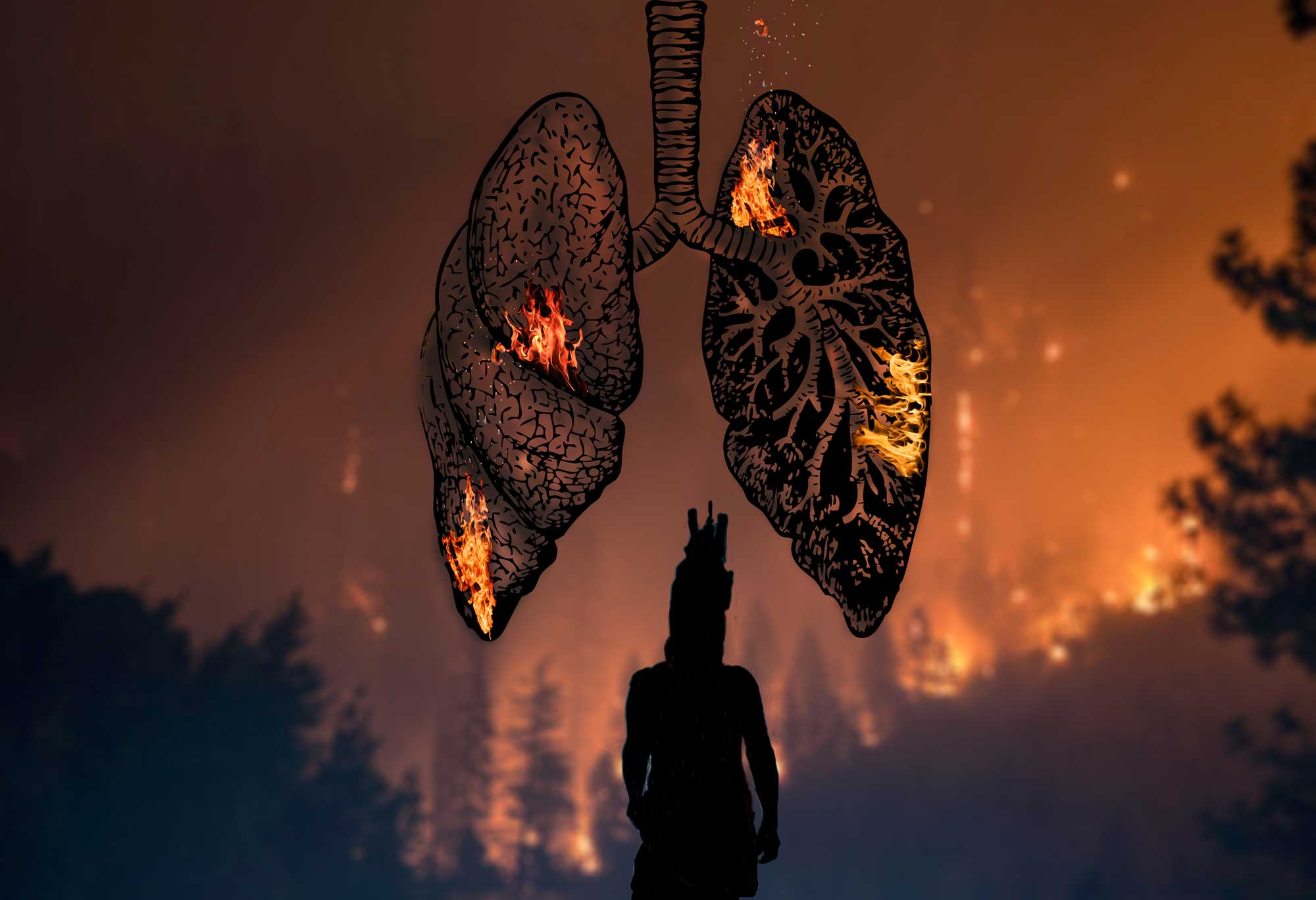
Kristen Reese

Amber Li
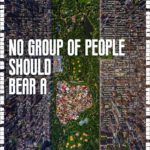
Judy Liu

Aaron Li


